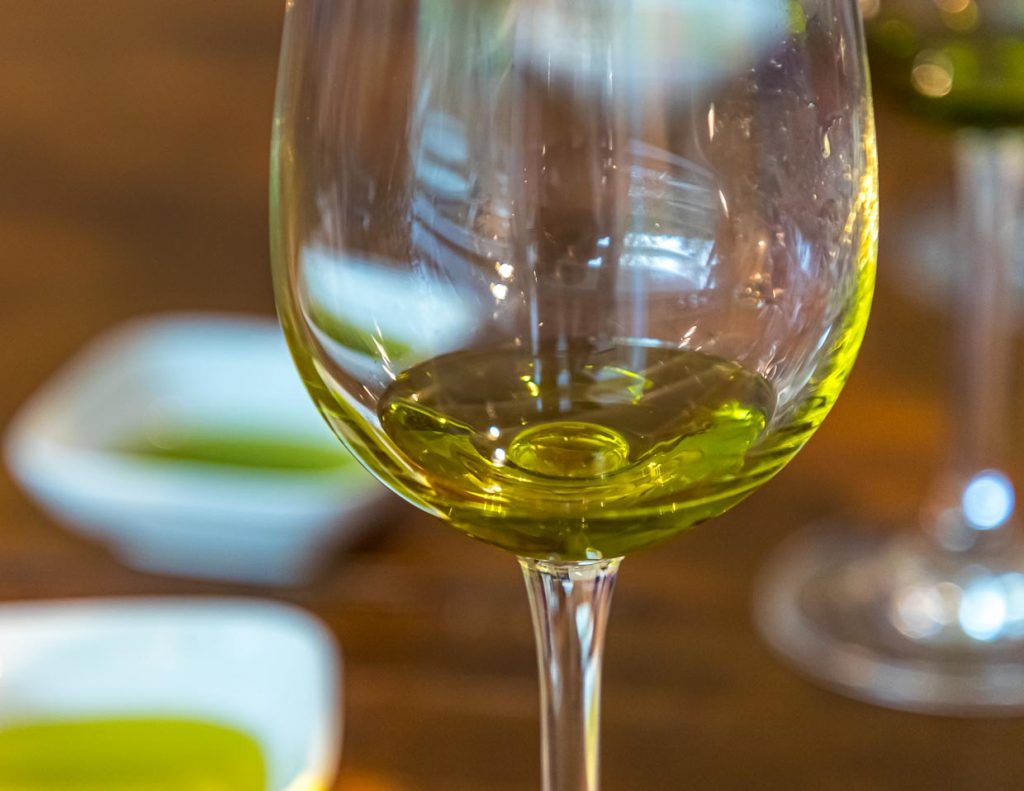For a long time I would like to be present at an olive harvest. Greece, Italy, southern France, it doesn’t matter. It will be relatively spontaneous, because the exact time of the harvest is always determined by the olive growers at short notice. It would probably be sometime in late October or November. There, the temperatures on a Greek island or in Provence can still be very pleasant. But instead of a trip to the south, Corona came. And then, quite unexpectedly, an invitation to the olive harvest in the immediate neighborhood, in Pulheim near Cologne.
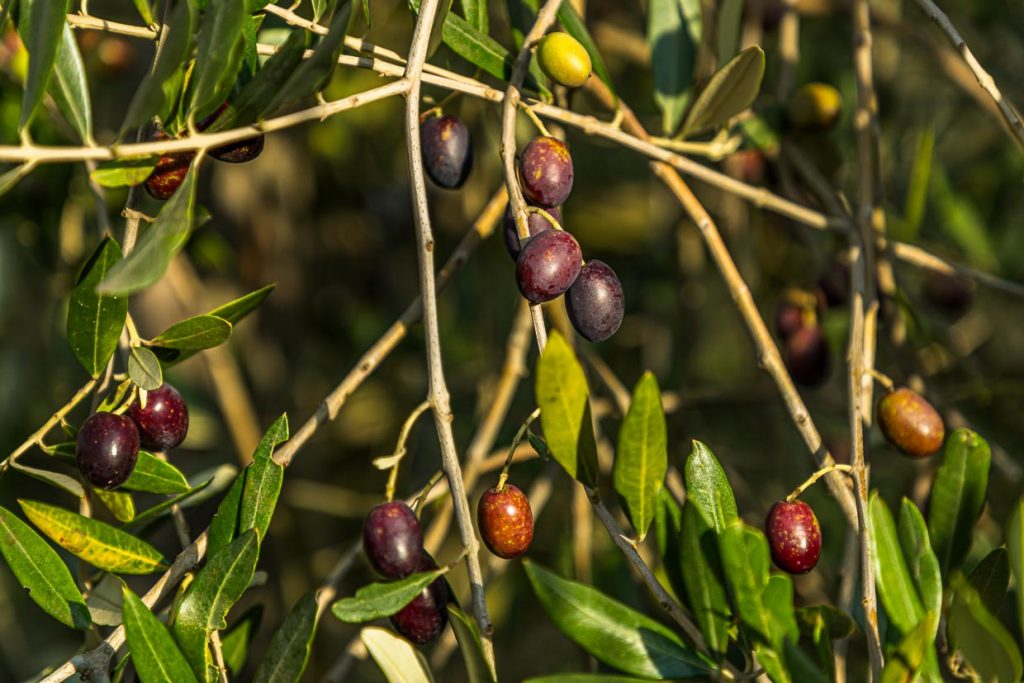
Italian ambience near Cologne
Umberto Tozzi belts out Ti Amo from the amplifier and the harvesters cheerfully pluck black, purple, red and also green olive fruits from the trees in a field in Pulheim near Cologne. Here, 115 olive trees of the Lecchino variety are in their 12th year. This olive tree normally grows in the highlands of Tuscany and Umbria. But also on the rich and fertile soil of the Gilbach loess clay plateau, the tree, which stands for a long life, wisdom, strength and fertility, thrives better year after year.
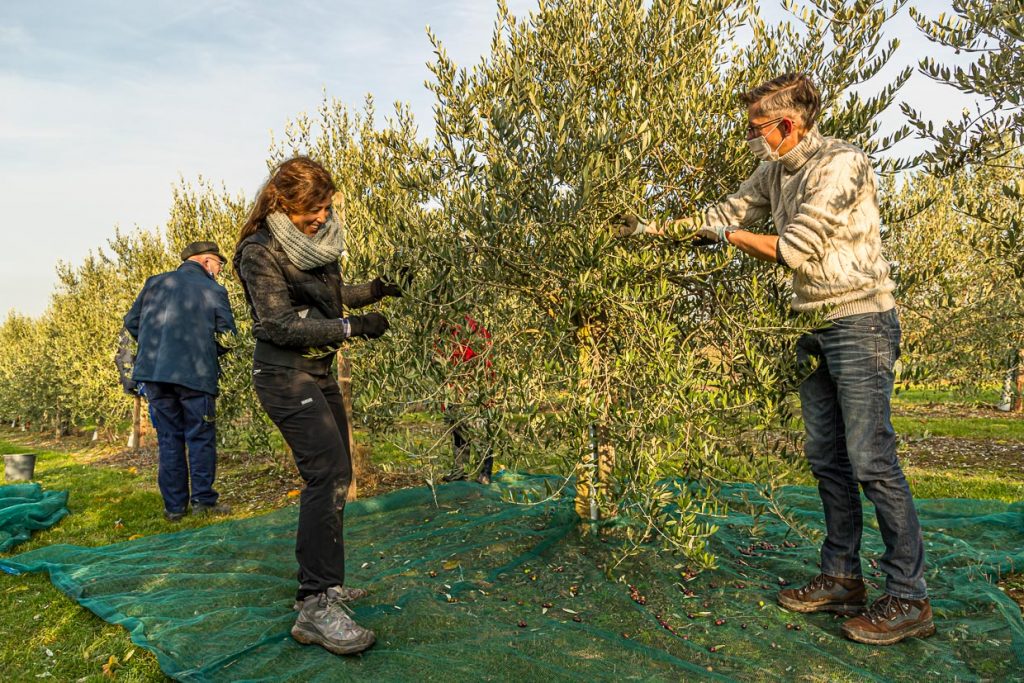
It is the end of November, the sun is shining, the trees are bearing an extraordinary amount of fruit and so, for the first time, oil is to be extracted from the olives from Gartenhof Becker in Pulheim. It is likely to be a world premiere. For the first time, olive oil will be produced at the 51st parallel, farther north than ever before.
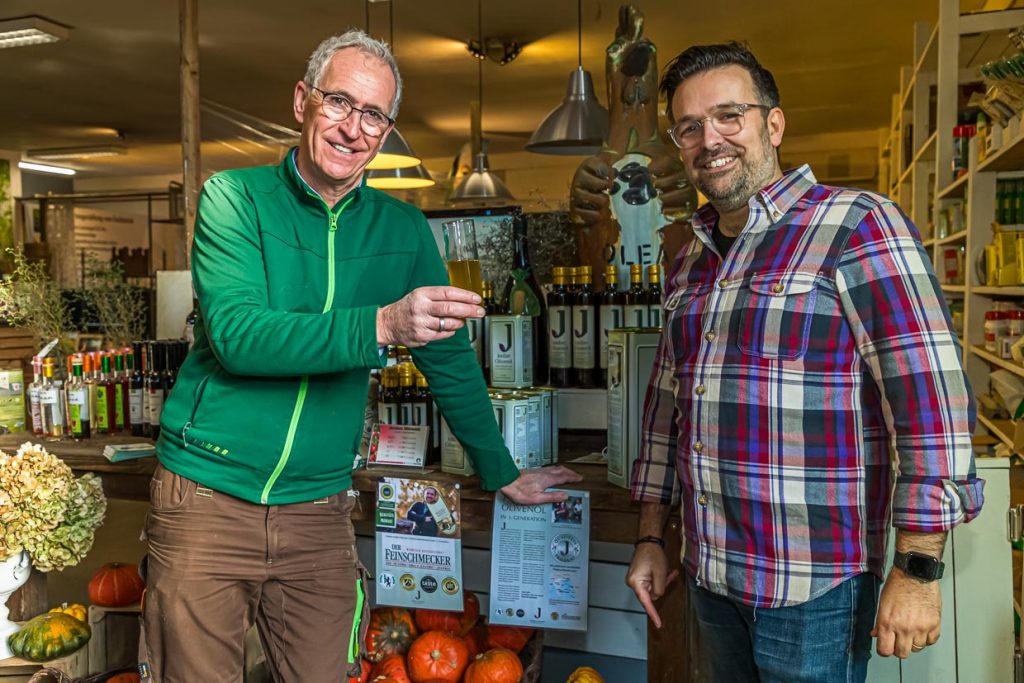
Olive enthusiasts at work
Behind the project are olive grower Bastian Jordan, whose company Jordan Olivenöl harvests 50,000 trees on the Greek island of Lesbos. And Michael Becker, who runs Gartenhof Becker in Pulheim together with his brother. Becker established the olive grove on an open space in 2005 out of pure passion for olives. The olive grove is also a nature trail for the customers of his garden farm. Along the five rows of olive trees are information boards on growth and care. In June, an olive festival is always held at long tables among the trees, and olive juice sommelière Carmen Sánchez then offers tastings and sensory workshops on olive oils.
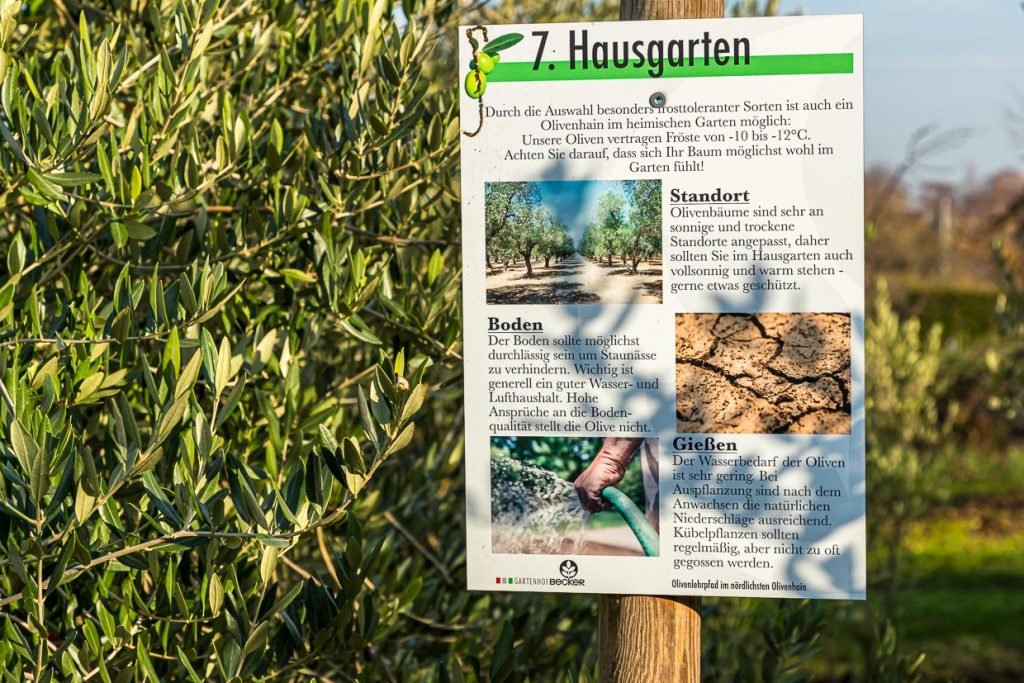
Field trial with staying power
Over the years, the idea of the olive grove on the Lower Rhine has become a real field trial with heavy losses due to winter frost. Thus, there is constant replanting and addition of pollinator varieties for a better harvest. The plantation is located in the open area. It is somewhat protected from the wind by other crops. The distance from tree to tree is 3.50 meters, and the row spacing is four meters. After each hard winter, Michael Becker and his brother tested other varieties. Among them Leccino, Cipressino and Olivastra Seggianese. Michael Becker always remains confident, because nowhere else in Germany, he says, are winters milder than in the Cologne Bay area. Moreover, the higher risk of frost is offset by the very rich soil he can offer his olive trees in Pulheim.
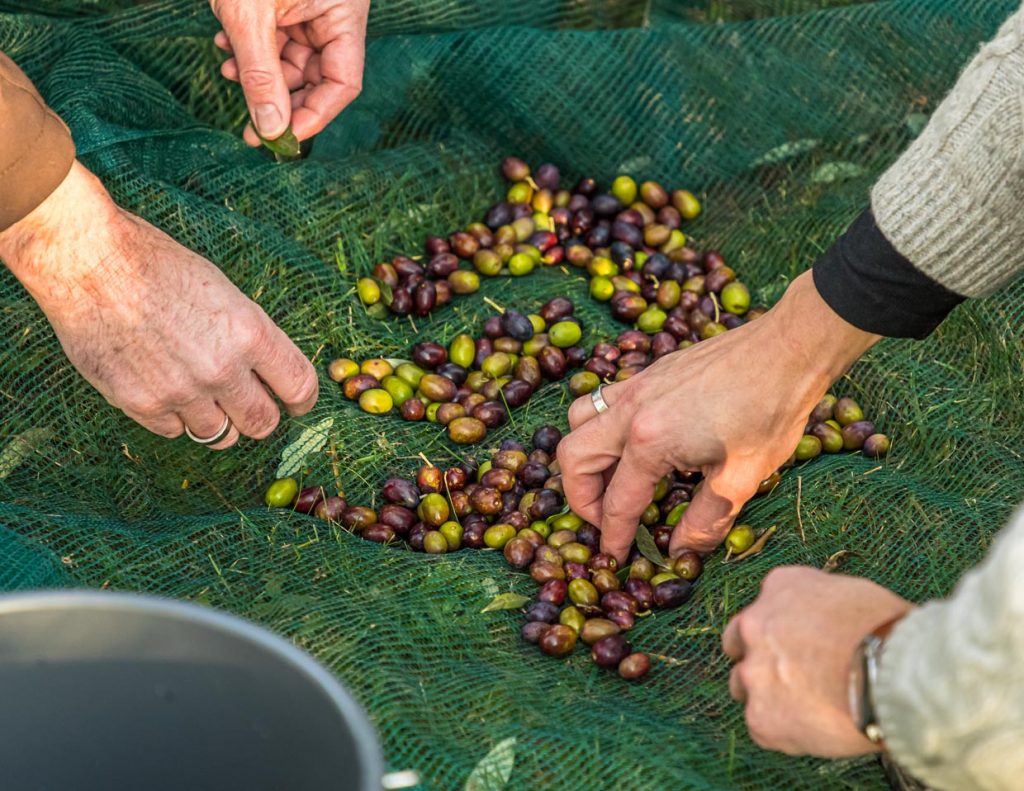
Olive juice from Rhenish olives
Over 200 kilos of Rhenish olives were harvested from the 115 olive trees with the help of friendly neighbors. Enough to get for the first time on a small mobile hand press, the juice from the olives. In modern oil mills, the olive juice is extracted from the fruit by centrifugal force. Here in the field test on the garden farm Becker the small harvest is won not with Hightech, but with simple devices and the conventional work steps: washing, crushing and pressing.
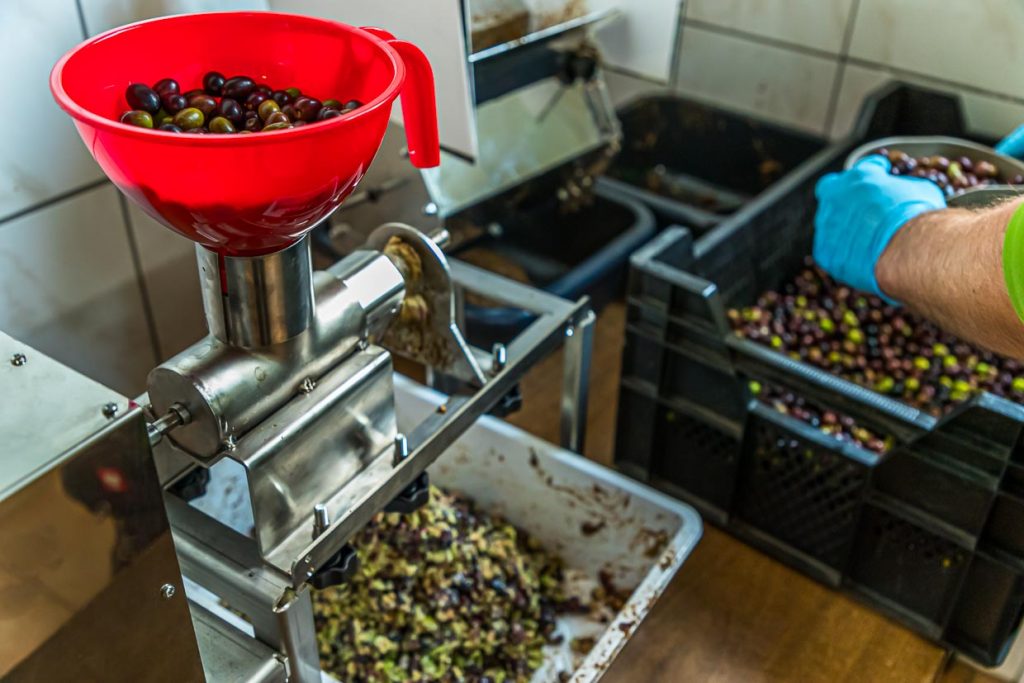
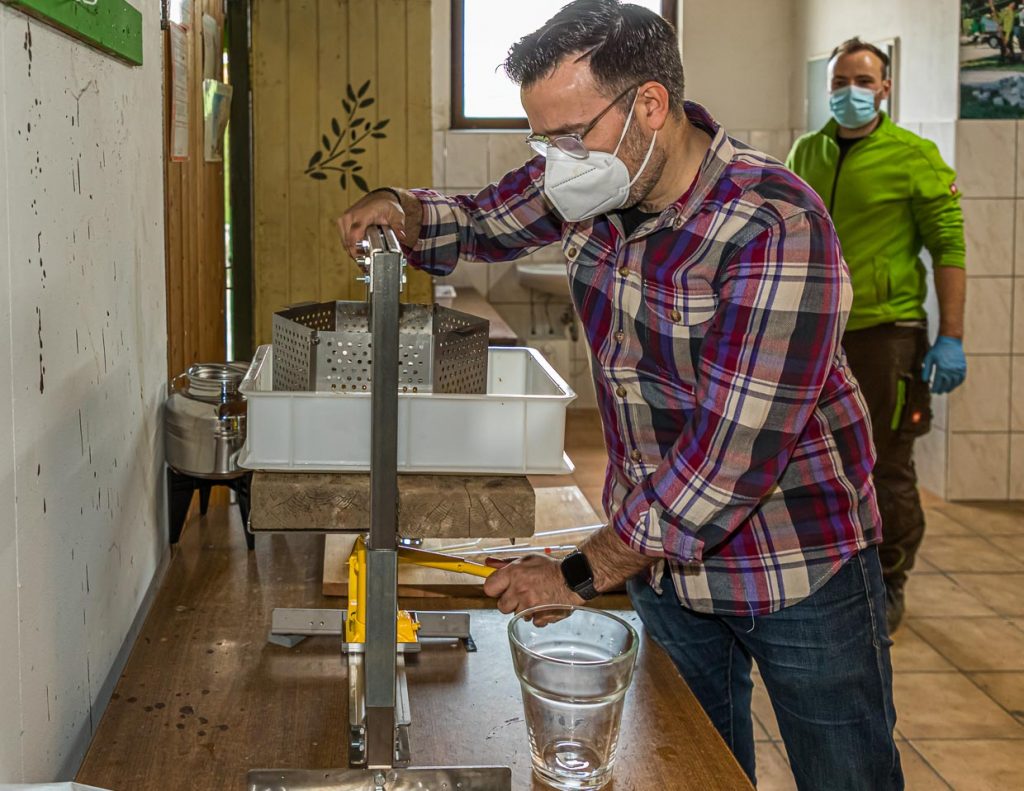
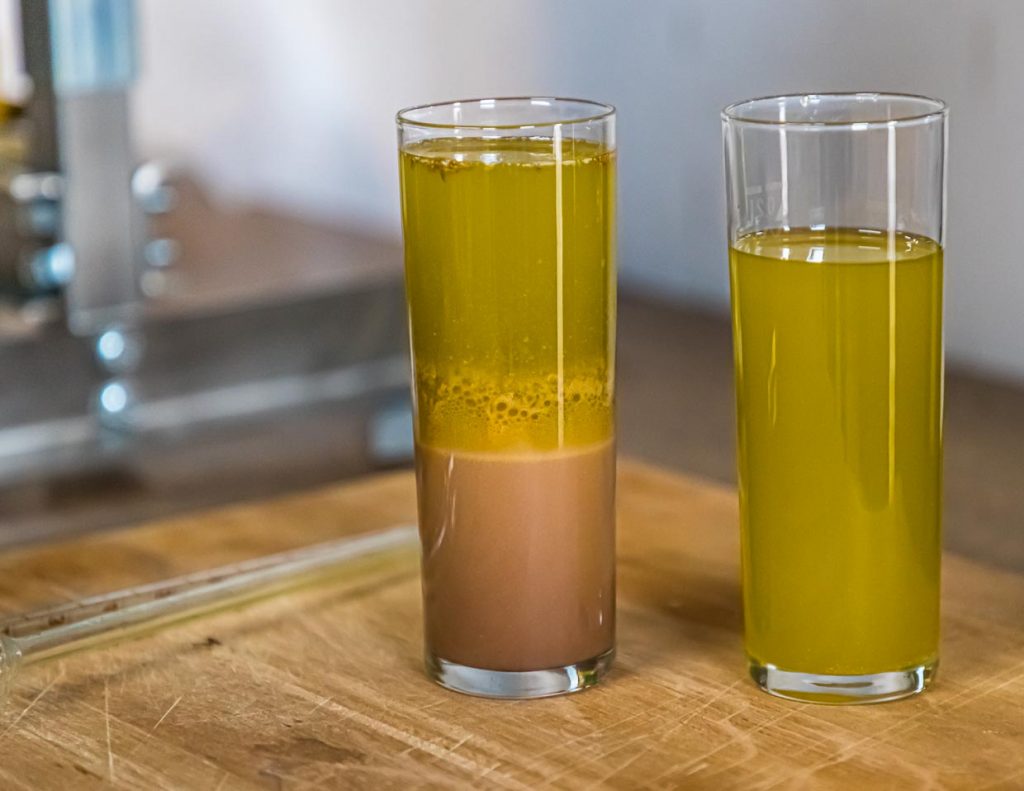
By the end of the harvest day, the small hand press will have extracted 3.5 liters of olive oil from the mash. Michael Becker and Bastian Jordan are satisfied. After all, it’s a minor sensation and the result of their passion for olives. Becker and Jordan are not pursuing an economic benefit with their project. Rather, the aim is to show that climate change is shifting the vegetation zones. The high-yield harvest at the 51st parallel is only possible because the olive grove near Cologne has been able to get through the winter without frost for around 10 years. But we also know what this means for many pests and their spread.
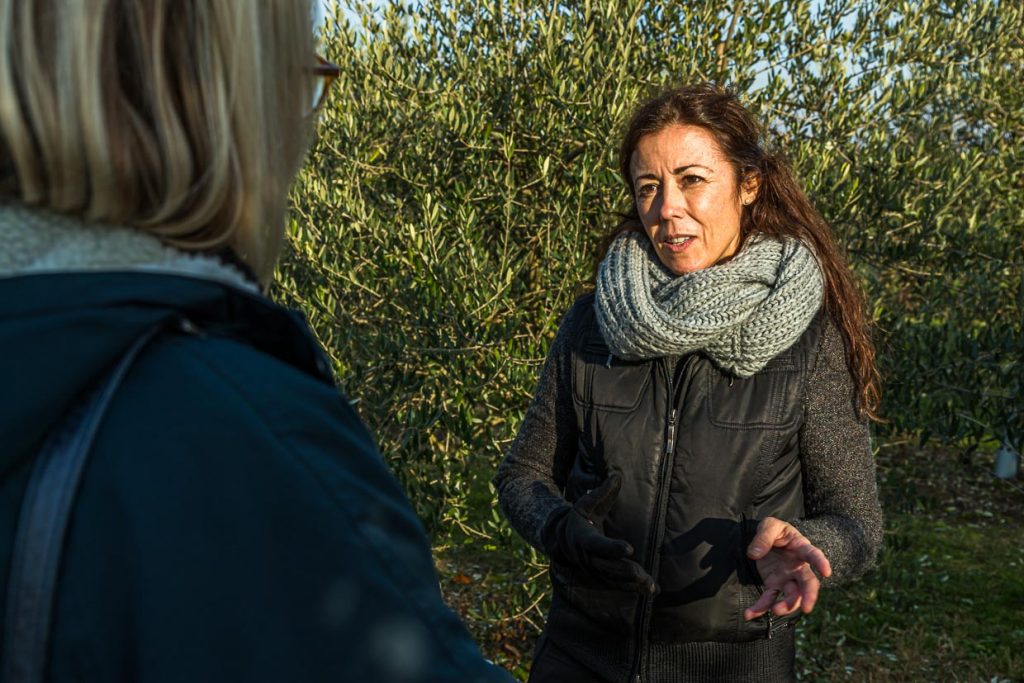
Let’s talk about olive juice – with Carmen Sánchez Garcia
The substances that we particularly appreciate in olive oil, that make up its taste and its health-promoting effects, are polyphenols and other antioxidants. The biggest enemy of olive oil is oxygen. It sets undesirable oxidation and fermentation processes in motion. This is why modern oil mills are veritable high-tech laboratories, where the main concern is to ensure that as little oxygen as possible reaches the olive paste into which the picked fruit is processed immediately after harvesting. All parts of the olive tree contain the bitter substance oleuropein, a powerful antioxidant that is thought to be the reason for the trees’ high resistance and biblical age of up to 1,000 years.
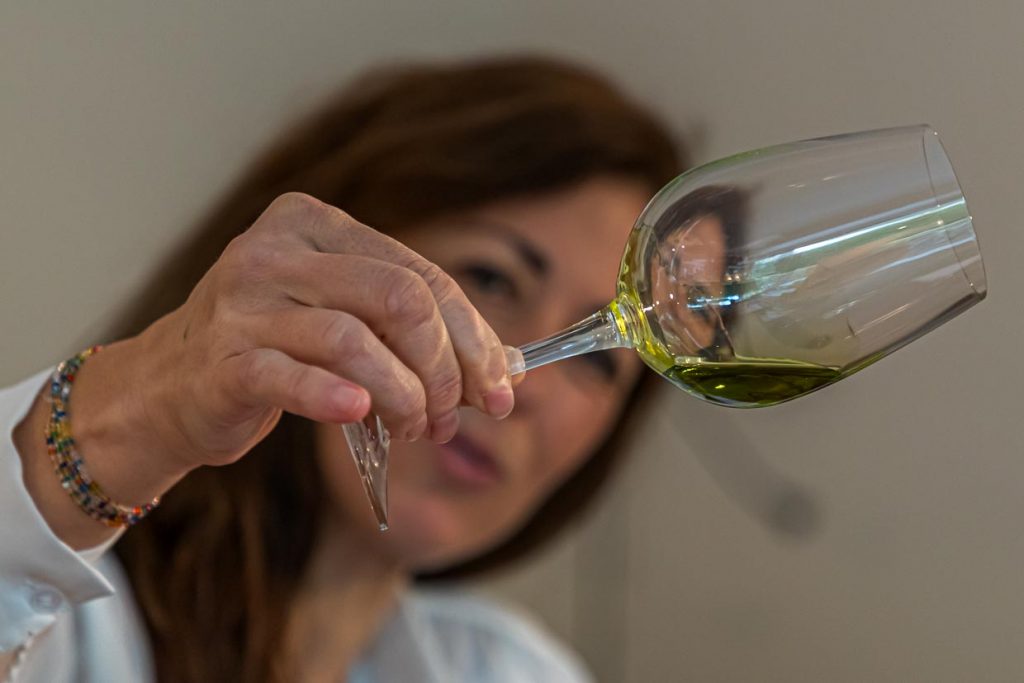
Harvesting olives so close to home turned out to be doubly fortunate. Among the harvesters on this day is Carmen Sánchez Garcia. The Spaniard is a sommelier for olive oil. For Carmen, a top quality olive oil is an olive juice. Olives give off deeply aromatic juices, provide a healthy fat and a unique sensory experience, she says. It is to these oil juices that she dedicates her work. With her olive juice agency, she advises producers, sits on international olive oil competition juries, and gives sensory workshops to help anyone and everyone experience the fresh aromas, spicy bitter notes, and warming pungency of the best olive oils.
